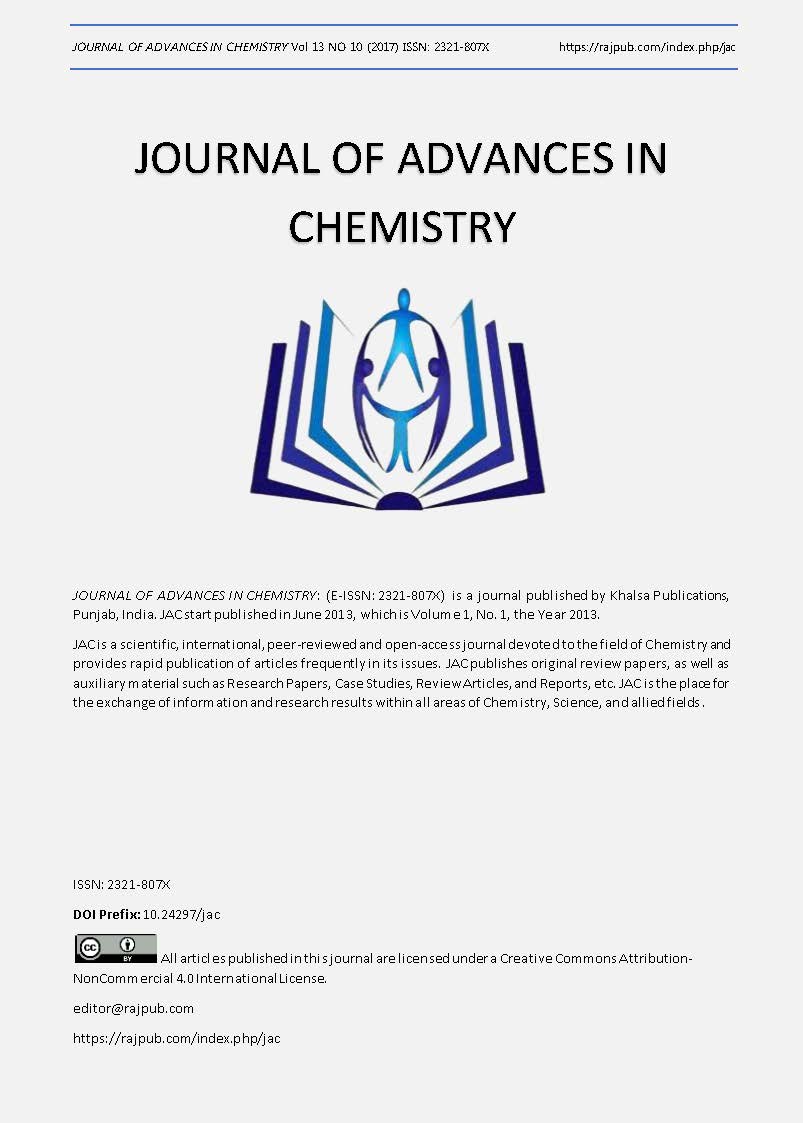Mathematical Prediction for BFRP Retrofitted after Fatigue Loading of Concrete Specimens
DOI:
https://doi.org/10.24297/jac.v13i10.5884Keywords:
Basalt Fibre, Polymer; Wrapping, Wrapping, Preloading; Retrofitting, Characteristic strength, FormulaAbstract
This paper deals with the experiment investigations on the Basalt Fibre Reinforced Polymer composites wrapped concrete specimens for determining the mathematical prediction for retrofitting of concrete specimens. For the past three decades, fibres are being effectively utilized in engineering fields. Some countries do not have specified codes for structural designing of Fibre Reinforced Polymer composites. Especially for this situation, the mathematical predictions were determined by experimentally for Basalt Fibre Reinforced Polymer composites retrofitted concrete. For this experiment, cubes, cylinders and prisms were cast using M30 grade concrete to analyze the characteristic strengths. The tests were carried out with and without Basalt Fibre Reinforced Polymer wrapping and retrofitted after 0%, 30%, 60% and 90% fatigue loaded or preloaded specimens. The retrofitted specimens with Basalt Fibre Reinforced Polymer wrapping, even after 90% fatigue loaded possess higher strength than conventional one. The observed readings were analyzed and mathematical prediction was developed by using readings and graphical representations. From the study, similar results were observed through experiments and mathematical predictions.
Downloads
References
2. Mostofinejad, D., and Saadatmans, H. 2010. A procedure for predicting the behaviour of FRP confined concrete using FE method. Transaction A: Civil engineering, 17(6), 471-481.
3. Shende, A.M., and Pande, A.M. 2011. Experimental study and prediction of tensile strength for steel fiber reinforced concrete. International journal of civil and structural engineering, 1(4), 910-917.
4. Nibudey, R.N., Nagarnaik, P.B., Parbat,D.K., and Pande, A.M. 2013. Strengths prediction of plastic fibre reinforced concrete (M30). International journal of engineering research and applications, 3(1),1818-1825.
5. Murugan, M., Natarajan, C., and Muthukumaran, K. 2013. Compressive behaviour of concrete cylinders confined with glass and carbon fibre reinforced polymers. International journal of structural and civil engineering research, 2(2), 69- 76.
6. Gunneswra rao, T.D., Mudimby, A., Sahu, S., and Putcha, C. 2015. Probabilistic assessment on flexural strength of steel fiberreinforced concrete members. International journal of engineering research and general science, 3(1), 520-527.
7. Dhevasenaa, P.R., Suguna, K., and Raghunath, P.N. 2015. Regression model for predicting study parameters of GFRP strengthened corrosion damaged RC columns. International journal of engineering science and innovative technology, 4(2), 223-231.
8. Anandakumar, R., Selvamony, C., and Kannan, S.U. 2013. Retrofitting of Concrete Specimens and Reinforced Concrete Piles Using Basalt Fibers. International Journal of Engineering Science Invention, 2(8), 1-5.
9. Anandakumar, R. Selvamony, C., and Seeni, A. 2014. Experimental Study of BFRP Retrofitted RCC Piles Elastic Behaviours Subjected to Axial Load. International Journal of Earth Sciences and Engineering, 7(5), 1079-1085.
10. Anandakumar, R. Selvamony, C., and Seeni, A. 2014. Performance of BFRP retrofitted RCC piles subjected to axial loads. International journal Advances in Materials Science and Engineering, 2014, 1-9. http://dx.doi.org/10.1155/2014/323909.
11. Anandakumar, R. Selvamony, C., Seeni, A., and Ravikumar, M.S. 2014. Durability study on Basalt Fibre Reinforced Polymer (BFRP) Composites Wrapped Specimens for Retrofitting of RCC piles. International Journal of Engineering Research & Technology, 3(3), 315-320.
12. Bureau of Indian Standards, IS 8112 – 1989: Specification for 43 grade ordinary Portland cement, Bureau of Indian Standards, Manak Bhavan, 9 Bahadur Shah Zafar marg, New Delhi.
13. Bureau of Indian Standards, IS 4031 - 1996 (Part 1-15): Indian Standard Methods Of Physical Tests For Hydraulic Cement, Bureau of Indian Standards, Manak Bhavan, 9 Bahadur Shah Zafar marg, New Delhi.
14. Bureau of Indian Standards, IS 383 – 1970: Specification for coarse and fine aggregates from natural sources for concrete, Bureau of Indian Standards, Manak Bhavan, 9 Bahadur Shah Zafar marg, New Delhi.
15. Bureau of Indian Standards, IS 3025 – 1964: Methods of Sampling and Test (Physical and Chemical) for Water Used inMIndustry, Bureau of Indian Standards, Manak Bhavan, 9 Bahadur Shah Zafar marg, New Delhi.
16. Basalt fibre properties, 2013. [Online] Available: http://www.basaltfibre-gbf.com, (March 21, 2013)
17. Epoxy properties, 2013. [Online] Available: http://www.silmid.com, (March 21, 2013)
18. Bureau of Indian Standards, IS 10262 – 1982: Recommended guidelines for concrete mix design, Bureau of Indian Standards, Manak Bhavan, 9 Bahadur Shah Zafar marg, New Delhi.
19. Bureau of Indian Standards, IS 516 – 1959: Method of test for strength of concrete, Bureau of Indian Standards, Manak Bhavan, 9 Bahadur Shah Zafar marg, New Delhi.
Downloads
Published
How to Cite
Issue
Section
License
 All articles published in Journal of Advances in Linguistics are licensed under a Creative Commons Attribution 4.0 International License.
All articles published in Journal of Advances in Linguistics are licensed under a Creative Commons Attribution 4.0 International License.




